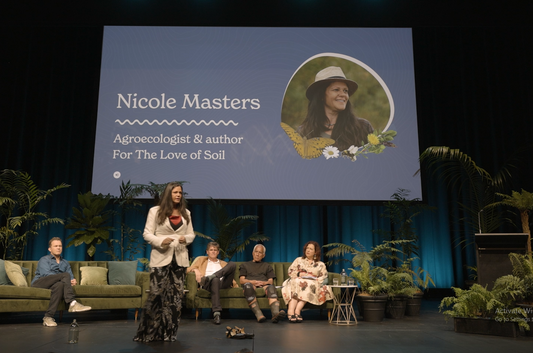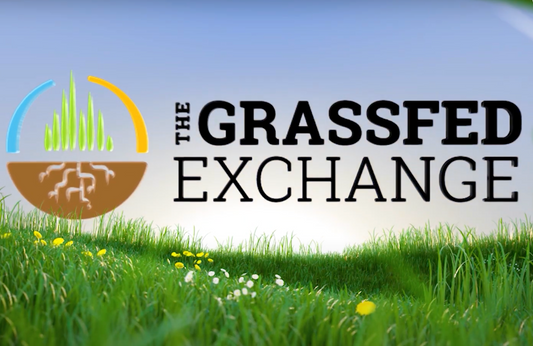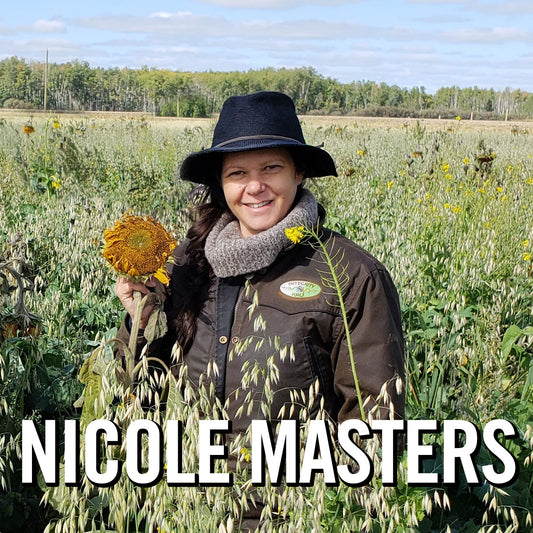Last November we had the absolute honour of staying with Jim and Renee Evanoff in Livingston, Montana, USA. Over twenty years ago Jim was the original logistics chief involved in reintroducing the wolf back into Yellowstone National Park. He was responsible for making the wolf pens safe and secure for the “soft release” of the wolves. While the talented Renee worked as the art director documenting the process in posters, magazines and book covers.
Mulling over a hot cuppa we talked about this video (below) which claims that the wolf had played a pivotal role in the water cycle restoration in the park.
For a little background……In the mid 1930’s after 50 years of meticulous culling the last wolf was exterminated. Without predators; elk, bison and other ungulates dot across the landscape much like NZ sheep in-turn heavily overgrazing the fertile valley floors. With the return of the wolf in 1995, elk quickly returned to their natural behaviours; mobbing up and spending less time in the open exposed valley floors.
The video certainly made a convincing argument, fitting well with holistic grazing theories; that mobbing animals, up keeping them and moving them encourages pastures and riparian areas to recover. However, on previous trips to the park, it occurred to me that the park was still heavily overgrazed and the bison still seemed to dot across the valley floor, so I took the video with a grain of salt.
Jim and Renee took us out to the wolf pens where the wolves were first acclimatised before release. It was a real privilege to see this part of US and park history and hear stories of what went on behind the scenes
Following on, they then showed us where the riparian areas were repairing. Young willow, cottonwood and aspen and streams that once ran dry now flowing with water.
Research has shown that the reintroduction of the wolf has had influences across the food chain all the way to fungi and other microbes.
As we drove out we came across a tightly bunched mob of elk; looking most concerned for their lives and sure enough just a few miles down the road we pulled over to watch and listen as a wolf pack howled across the valley. A pack ran flowing across ridges and down hillsides as a polished unit. I counted 7 wolves; heart stopping/ heart starting primal stuff.
So why does the park still look overgrazed? Grazing and stock numbers at the park are certainly a highly contentious issue. Although elk numbers have halved since the wolves came back, the bison population is still growing by 10-17% every year. Jim showed us footage of the first wolf encounters; the bison beat them up so badly, that the wolves have learnt to be wary of them. The bison are putting pressure on certain favoured areas in the park, while some areas and waterways are flourishing with elk movement.
Australian farmers are achieving similar outcomes using a combination of natural sequence farming and holistic grazing:
While North Americans don’t need to use any machinery when they’ve got beavers. The link below is a great documentary and a tale I’ve heard many ranchers reiterate….. The entire hydrological process comes back when beavers return. See this clip “Beaver Las Vegas!”
With condition in parts of New Zealand right now, we need to be thinking more holistically about water. We don’t have access to beavers or wolves obviously, but in looking at how natural biological systems function when we set to restore wetlands and improve our grazing management.
Reflecting on Yellowstone, the predator/prey dynamic kept the elk from camping, standing in rivers, and overgrazing the best select feed. It’s a dynamic missed by so many NZ farmers who either return to paddocks too soon, graze to the boards or set stock….AND don’t tell me we should remove all livestock from New Zealand…that makes as much sense as removing all the people
It seems to me that fencing off all waterways is a knee-jerk reaction to the intensification of dairy and stock in waterways giving an instant visual that farmers aren’t polluting waterways. However, NZ’s massive agricultural water pollution is a whole systems issue. Don’t get me wrong, I love well planted riparian zones and New Zealand needs more wetland restoration; however permanently fencing waterways off without good planning and management isn’t the solution either. Many places could in fact benefit from a bi-yearly heavy impact graze, probably a better option than the one involving intense chemical spraying down and into our waterways. Appalling we’ve replaced one problem with another.
As always, stepping back and making long term thoughtful decisions while looking to how natural landscapes function, is likely to yield improved and unexpected outcomes.




